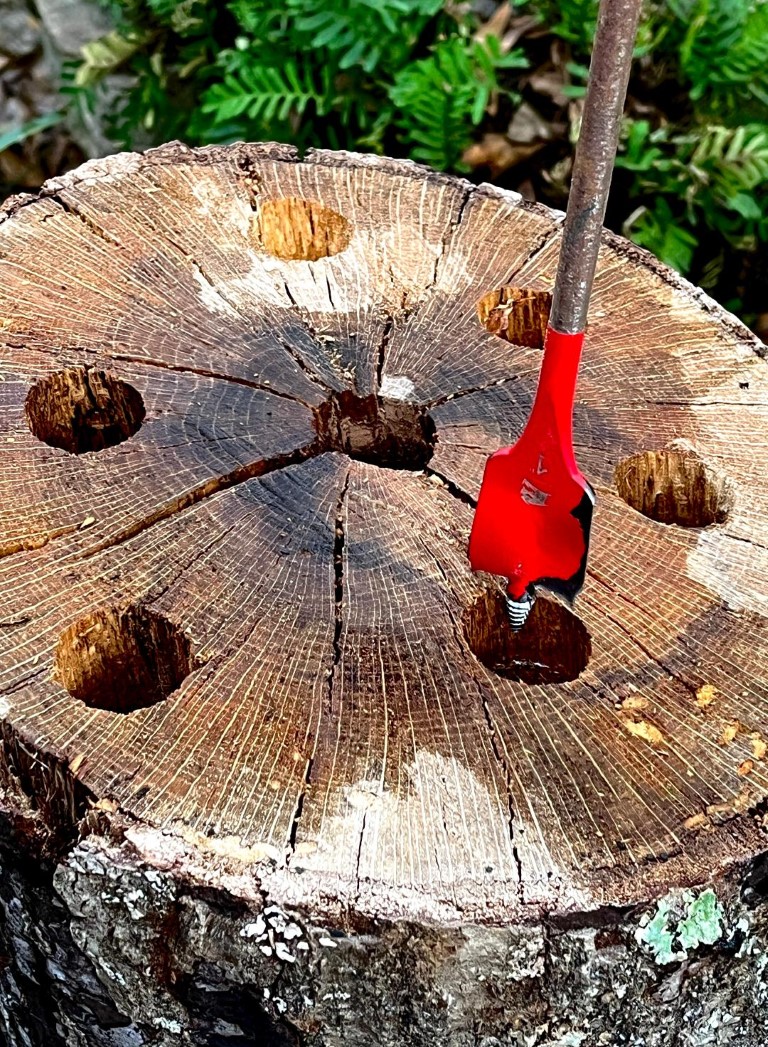Great Backyard Bird Count
Published 12:00 am Tuesday, February 19, 2013

Rita Howell News Editor
It was the 16th annual Great Backyard Bird Count (GBBC), sponsored by Cornell University and the Audubon Society. (Apparently, birds are to Cornell what marijuana is to Ole Miss…a research specialty.)
The GBBC “engages bird watchers of all ages in counting birds to create a real time snapshot of where the birds are,” according to the GBBC Web site.
Rupert and I were among the participants who submitted 77,707 “checklists” of birds observed during the four days of the GBBC. There were 2,812 species reported and 15,1167,667 birds counted.
This year there were participants from around the world, but most were concentrated in the U.S.
Rupert and I did our part to represent the bird population in Eureka.
But the birds of Eureka apparently didn’t get the memo and slept in.
We were out early, bundled up, with a small backpack that contained a notebook, snacks and water bottles, and dog biscuits for our constant companions.
We couldn’t find any birds to record in the notebook.
It was quite cold Saturday morning, below 40, as we walked through the quiet pine thicket. We heard crows in the distance, but there were no birds flitting around to count.
As the morning progressed we pushed on through the pines, pasture, creek bottom and hardwoods and finally recorded 16 birds: two turkey vultures, one red-bellied woodpecker, one blue jay, four crows, two brown thrashers and five towhees. And one American woodcock.
The elusive woodcock was the one I really wanted to see, but to get to his stomping ground you have to cross the big ditch, make your way through sticker bushes and slog through a wooded marsh. Rupert had seen them in that area before, these “timber doodle dandies.” They stay mostly on the ground, searching for insects and worms. I’d only seen them a time or two and I was really hoping to be able to add one to my checklist.
As we trudged along in the thicket, Rupert said, “It usually takes a dog to flush ‘em out.”
As if on cue, our mongrel pooch, Peyton, did just that.
The quail-like round, long-beaked bird flew up, making his trademark whistling sound with his short wings. He circled around, landed in a nearby tree, and waited for us to vacate the premises.
It was the high point of the day for me. It felt like the Rebels had just scored a touchdown against Alabama.
“Cornell University, what do you think of that? One American woodcock spotted in the woods in Panola County, Mississippi, 10:43 a.m. on February 16, 2013.”
In addition to the birds we counted on our morning tour, I was able to count those who came to our bird feeders, which I had filled with sunflower seeds that morning. The GBBC folks want you to focus on counting birds for a minimum of 15 minutes. You record the time you began watching.
Saturday morning from 7:40 to 8 a.m. I counted: two mourning doves, two Carolina chickadees, 1 tufted titmouse, one house wren, four cardinals, four purple finches, two goldfinches and two red-breasted nuthatches.
The Cornell folks called me out on the nuthatches.
“We don’t think you have that right,” they yelled in red letters when I submitted my checklist on the computer. “Give us more details,” they said.
I had checked my trusty Peterson field guide and the red-breasted nuthatch was exactly the bird making multiple trips for breakfast at my feeder.
“Rosy breast,” I typed in the space for “additional information.”
I guess they accepted my word.
We made a late afternoon trip back through our woods to see if more birds had decided to be counted that day.
They did.
We saw five red-headed woodpeckers, one pileated woodpecker, one flicker, eight crows, and we heard one Canada goose. (You can count it if you hear it.)
As I was entering my checklist, I remembered that I’d seen a flock of turkeys as I drove to town Friday morning on Eureka Road. The GBBC had started Friday, so I decided to enter those Panola County turkeys. I designated the location as “McBrideville,” since it was near the McBrides’ home where I’d seen those birds.
Those six turkeys put McBrideville on the GBBC map.
And they put me in the top spot among the weekend’s bird counters in Panola County…all three of us.






